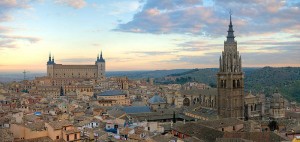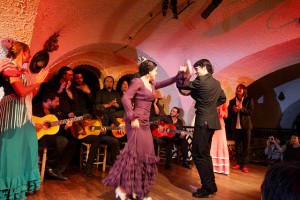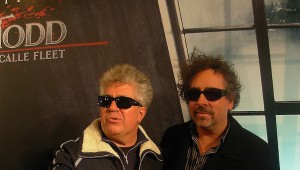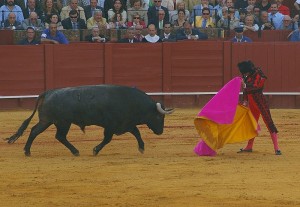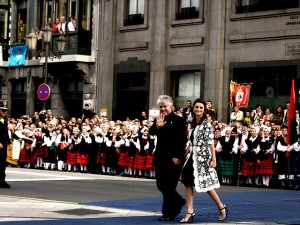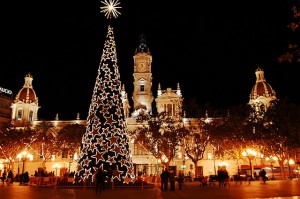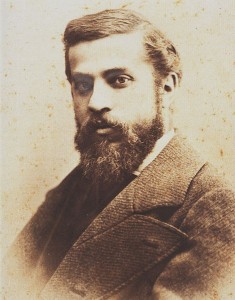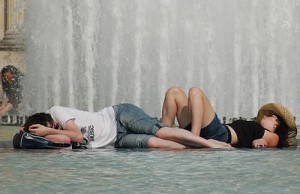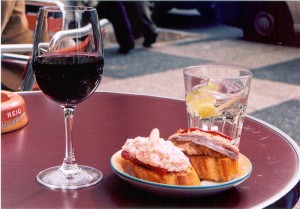Spain is a country that receives millions of tourists and thousands of Spanish students every year. All arrive with the intention to spend some days, some weeks or a year in our country while they enjoy the charms of all the beautiful spots in cities and villages.
Nevertheless, what most of them do not know is that Spain is the second country in the world with the biggest number of sites declared World Heritage by UNESCO, after Italy, even though Spain beats this country for tourism thanks to its beaches, climate and others charms.
►…continue reading about Spain, World heritage







